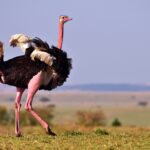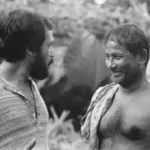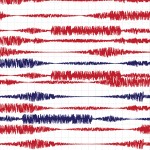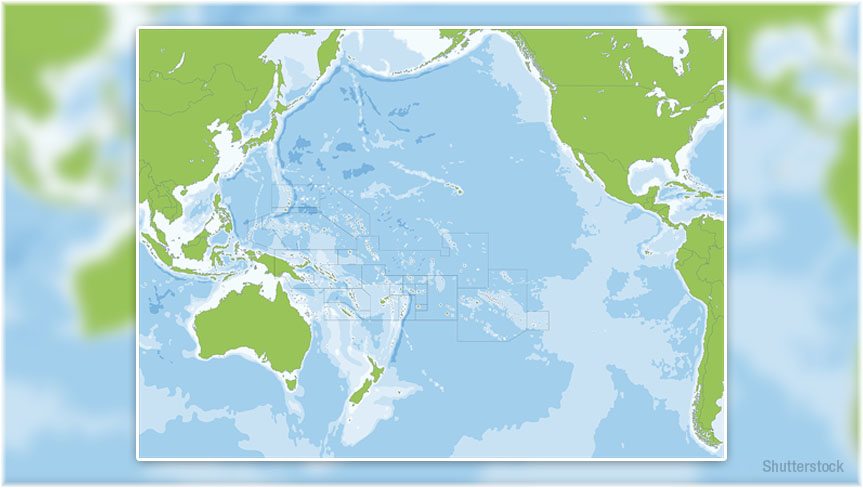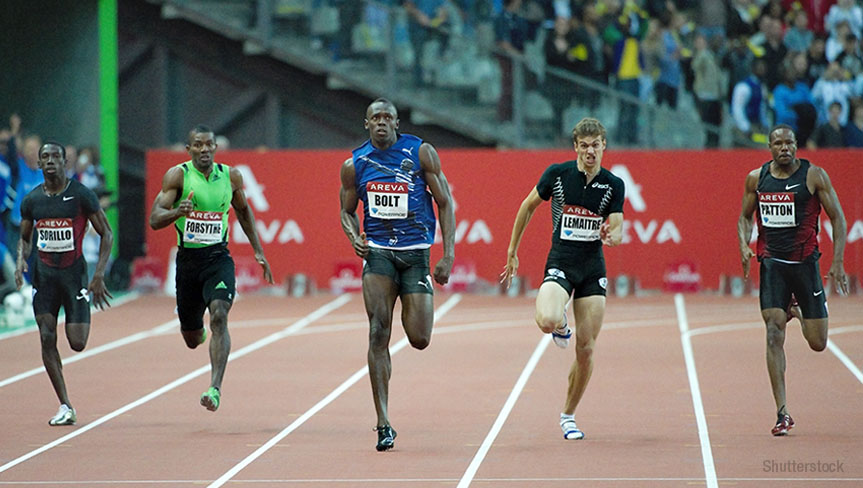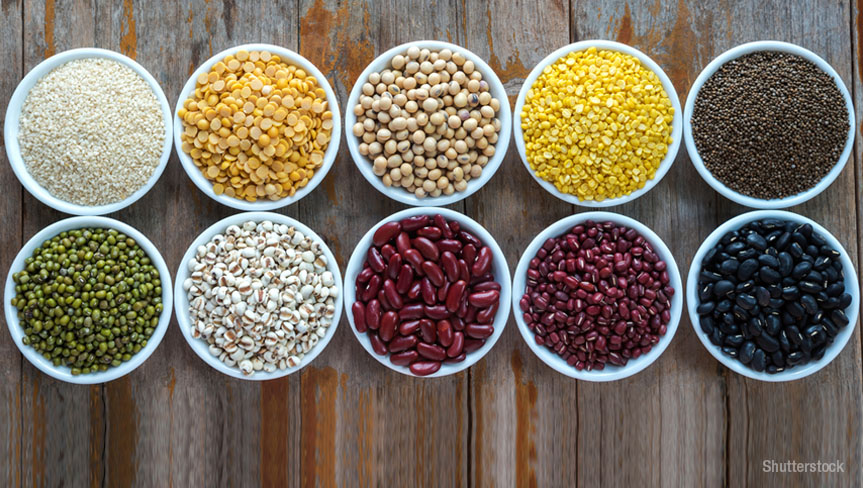
India rules the pulses-and-beans market
Pulses and beans, belonging to the legume family, are responsible for feeding majority of the world’s poor. Grown abundantly in the tropics, they are cheap, high in nutrient content, and healthy. Beans are an important source of proteins, complex carbohydrates, and micronutrients. People in sub-Saharan Africa consume as much as 66 kilograms of pulses per…


